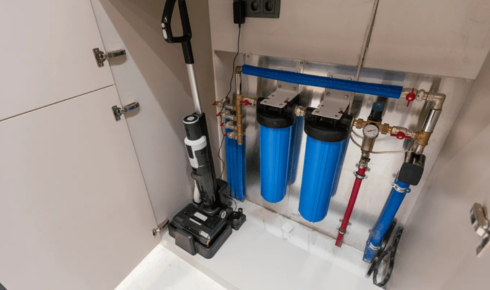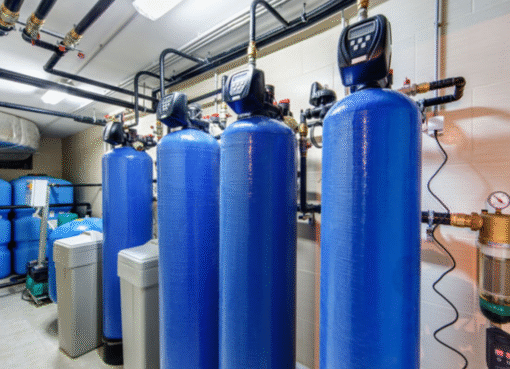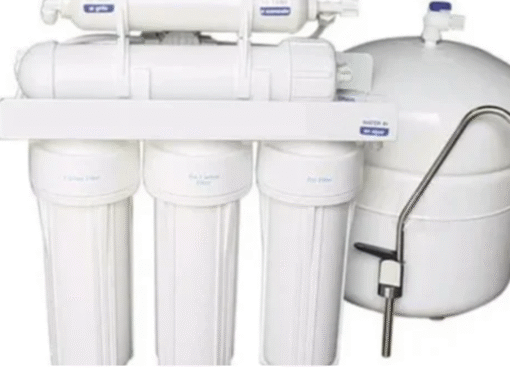Clean Water, Clear Results: Why Businesses and Labs Are Turning to DI Water Systems

Walk into any lab or production facility, and you’ll notice something in common—an obsession with water. Not just any water, but water stripped of nearly everything except H₂O itself. The kind that doesn’t leave mineral stains on glassware, doesn’t interfere with experiments, and doesn’t compromise sensitive equipment. It’s the quiet backbone of countless industries, often taken for granted until it’s missing.
I’ve seen teams wrestle with poor water quality before. Experiments get skewed, machines break down more often, and costs pile up. It’s the sort of hidden problem that slowly eats away at efficiency. That’s why more and more businesses and research centers are making the shift toward deionized water (DI water) systems. And if you’ve ever wondered whether your own setup could benefit, well, you might be closer to that decision than you think.
Why Labs Need More Than Just “Clean” Water
The word “clean” is misleading when it comes to water. Tap water might look fine to the naked eye, but it’s full of minerals, salts, and organic compounds. In everyday life, that’s perfectly fine—most of us drink it daily. But in a lab? Those tiny impurities can throw off the most carefully designed tests.
That’s why DI water system installation for lab environments has become almost standard practice. Scientists need a predictable baseline, and ordinary filters or bottled water just don’t cut it. When you’re measuring results down to parts per million, even a trace of calcium or sodium can be the difference between accuracy and failure.
The Business Case for Pure Water
Labs aren’t the only places that lean on DI water. Think about manufacturers in pharmaceuticals, food processing, or even cosmetics. Impurities don’t just affect safety—they affect the bottom line. A poorly rinsed container can ruin a batch. A buildup of minerals in machinery can shorten its lifespan, leading to expensive downtime.
This is where the commercial deionized water system comes in. Unlike small tabletop filters, these setups are built for scale. They can churn out thousands of gallons of ultra-pure water, meeting the demands of large production floors without breaking stride. For many companies, it’s not just about compliance with regulations—it’s about staying competitive. Clean water keeps operations running smoothly, reduces waste, and builds trust with customers who demand consistent quality.
Choosing the Right Setup Isn’t One-Size-Fits-All
Here’s where things get interesting. Installing a DI system isn’t just about buying the biggest unit you can afford. It’s about matching the system to your actual needs. A small biotech lab might need steady but modest volumes of high-purity water, while a beverage company might be cycling through tanks of it daily.
And not all DI systems are created equal. Some rely on ion exchange resins, others pair with reverse osmosis or UV filtration for added security. That mix determines not only how pure your water is, but also how much upkeep you’ll need. Skipping the planning phase almost always leads to regrets later—whether it’s an undersized system that can’t keep up, or an oversized one that drains your budget unnecessarily.
The Overlooked Costs of Doing Nothing
It’s tempting to delay upgrades, especially if you’re managing a business with thin margins. But here’s the hidden truth: ignoring water quality problems usually costs more in the long run. Think of equipment maintenance bills, ruined batches, staff frustration, and wasted hours troubleshooting problems that trace back to contaminated water.
I once spoke with a production manager who admitted they’d been stretching out the life of their outdated filters. On paper, they were saving money. In reality, they lost thousands every quarter because of product inconsistencies traced back to their water supply. That wake-up call led them to invest in a modern di water system for business, and within months they saw fewer breakdowns and tighter product quality.
Installation and Maintenance: Not as Scary as It Sounds
The phrase “system installation” might trigger images of technicians tearing apart walls and weeks of disruption. But modern DI systems are designed to integrate fairly seamlessly. Many come in modular units that scale as your needs grow. Maintenance, too, has improved—some systems now monitor themselves, alerting you when it’s time to replace resins or filters.
That said, upkeep isn’t optional. DI systems don’t magically last forever. Resin beds become saturated, membranes wear down, and ignoring them can lead to a nasty surprise in water quality. The good news is that with routine checks and occasional part replacements, most setups run smoothly for years.
Looking Ahead: Why This Trend Isn’t Slowing Down
If there’s one thing industries have learned recently, it’s that consistency and reliability matter more than ever. Customers expect products that are safe, effective, and exactly the same each time. And regulators aren’t loosening standards anytime soon. That’s why DI water systems are no longer considered a luxury—they’re moving into the category of essential infrastructure.
We’re also seeing innovations that make DI water more accessible. Smaller businesses that once thought these systems were out of reach now have entry-level options designed for them. It’s a shift that levels the playing field, letting even small operations meet big quality expectations.
Final Thoughts
At the end of the day, water is easy to overlook—until it causes problems. That’s when you realize it’s not just a utility but a critical ingredient in your work. Whether you’re running experiments in a lab, producing consumer goods, or scaling up a manufacturing line, investing in pure water pays dividends.
It’s not the flashiest part of your operation. Most people won’t even notice it’s there. But when your results are consistent, your equipment lasts longer, and your reputation for quality holds steady, you’ll know the value of that choice. Clean water, clear results—that’s a principle worth building on.
Leave a Reply
You must be logged in to post a comment.




Leave a Comment